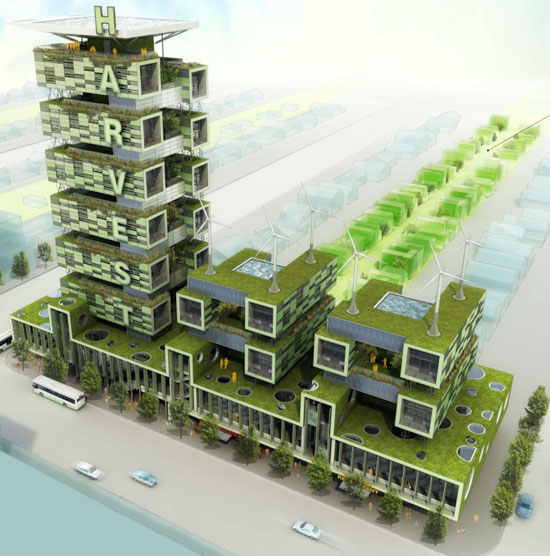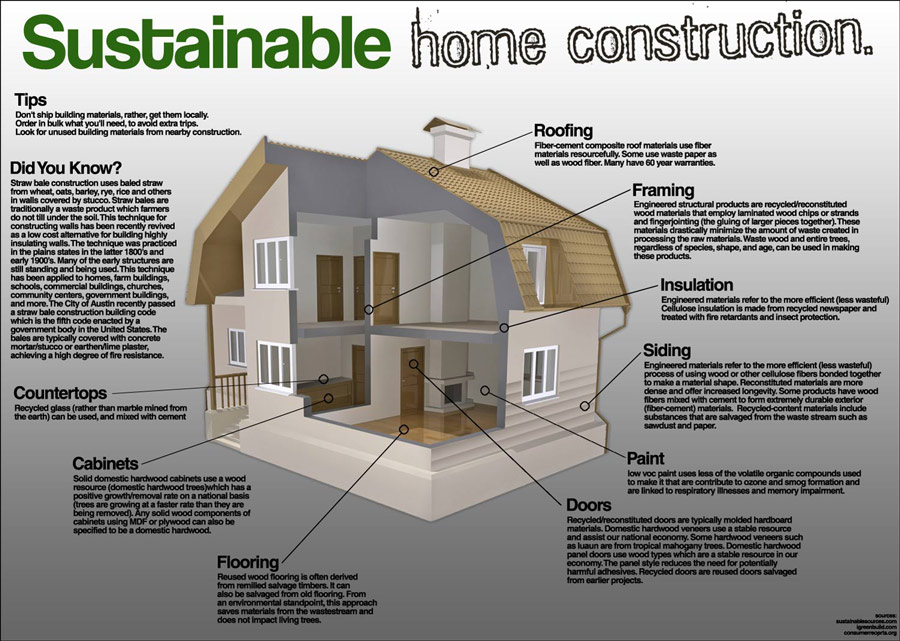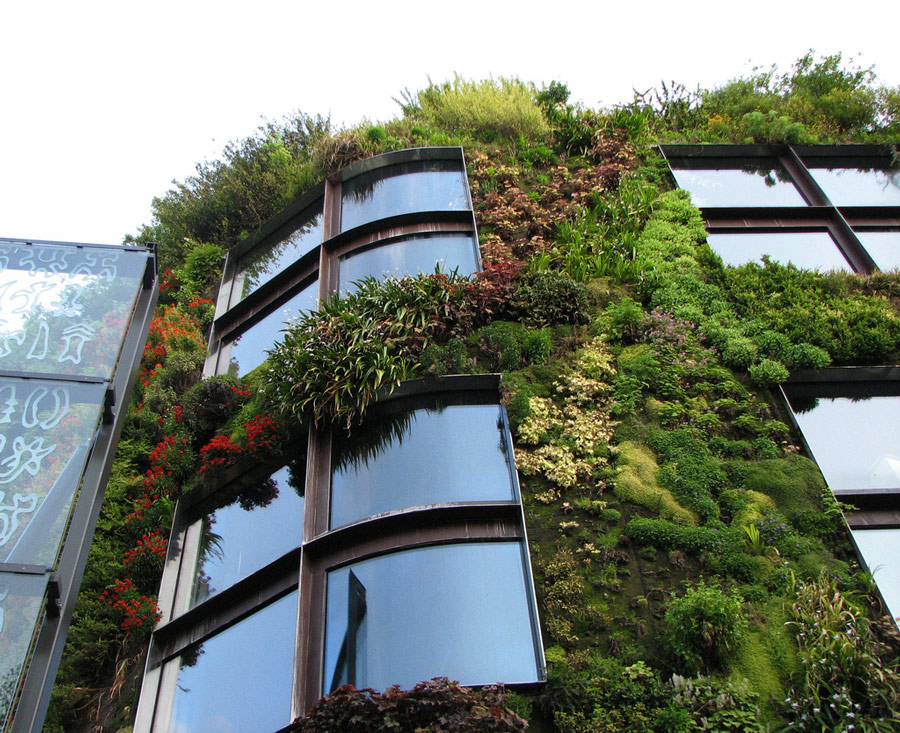Building activity can lead to pollution in the immediate vicinity and also contribute to degrading the larger environment. Fortunately, there are a number of established practices and processes that can be implemented during construction, which serve to minimise this damage.
The Australian construction sector has extremely clear and accurate guidelines on building environmentally sustainable structures and their implementation has resulted in the development of skills and techniques within the building industry, which have led to reduced energy consumption and cutting down on the volume of waste material.
The Green Building Council of Australia is at the forefront of the effort to encourage sustainable building practices across the country. It has established a Green Star rating scale which provides direction to builders in their effort to adopt ecologically friendly practices. Construction companies are motivated to adopt the Green Star rating system as it also results in lowering operational costs and increasing asset value.
In fact, the benefits available if a building that meets these standards is constructed, include a reduction of 66% in electricity cost as compared to the average Australian city building. The construction process also uses 51% less potable water against what would have been consumed if minimum industry requirements had been followed.
Wide acceptance of this standard has resulted in 550 projects totalling eight million square metres having received Green Star certification. Currently, over 20% of Australia’s CBD office space is certified green.
Climatic conditions across the country vary widely and many area have a harsh environment. Due to this factor, it is even more important to conserve energy and water resources.
Australia’s construction industry, which has vast experience in operating in these conditions, has developed skills and techniques that have given it the expertise to create resource-efficient buildings that perform well in extreme climates. Recognising this ability, Australian companies have bagged prestigious overseas projects that exhibit advanced green construction techniques, including the Beijing National Aquatics Centre (the Watercube) and Arya Residences in the Philippines.
In addition to the Green Building Council of Australia, the country has several other institutions which are world-leaders in developing technologies that help reduce the industry’s carbon footprint. One of these, the Commonwealth Scientific and Industrial Research Organisation, has developed OptiCOOL, which is helping building owners across Australia and the United States reduce their energy consumption while improving comfort level of occupants.
More than 60% of the energy consumption in Australian commercial buildings comes from heating, ventilation and air-conditioning (HVAC). The OptiCOOL system intelligently alters the operation of a building’s HVAC control system according to settings for cost savings, occupant comfort and energy efficiency. Argonne National Laboratory in the U.S. has independently tested OptiCOOL and found that the system reduces HVAC energy consumption by up to 45%.
The Australian building industry has taken a number of steps to promote green causes and has made massive strides in implementing sustainable building practices. These initiatives have resulted in huge savings in operational costs in addition to achieving the goal of meeting energy, water and material efficiency targets.
A great deal of progress has also been made in waste reduction and management. All these factors have strengthened the Australian building industry and prepared it to meet the challenges of the future which will see greater stress being laid on green practices and the need to preserve the environment.





 This information will never be shared to third parties
This information will never be shared to third parties